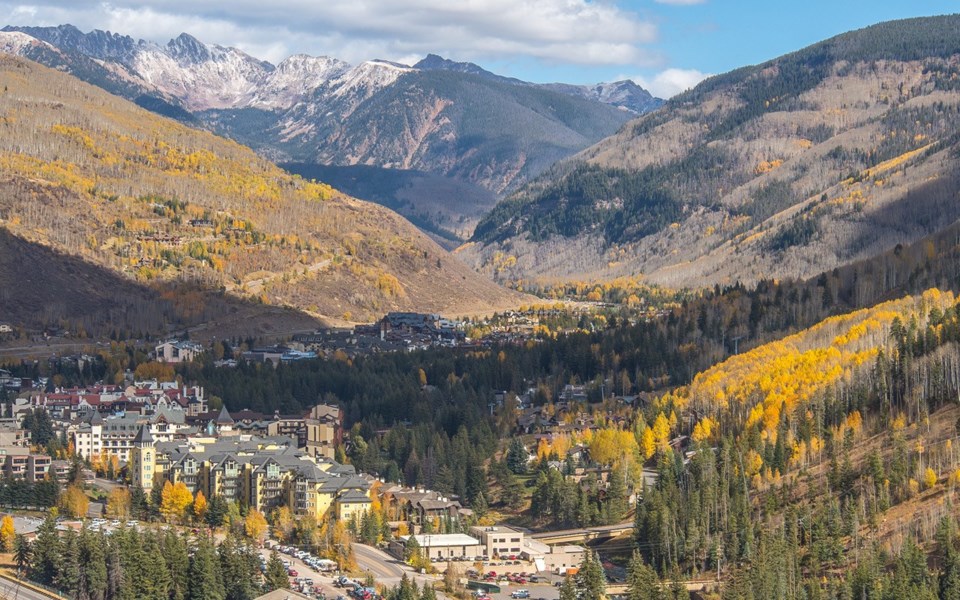VAIL, Colo.—Mike Beckley is retired now, living on Denver's Capitol Hill, Colorado's most crowded neighbourhood. But in the late 1970s, Beckley lived atop Vail Mountain. There, in the caretaker's cottage adjacent to the ski patrol headquarters, every morning he was responsible for evaluating the weather and avalanche risk and making appropriate control assignments.
That experience lies at the heart of Beckley's indignant response to a jury's verdict in the case of an avalanche death on Vail Mountain. The death occurred on a snowy day in January 2012 on a double-black-diamond run called Prima Cornice. Ski patrollers that day had roped off the top of the run. But toward the bottom, there's a side entrance through the trees. Taft Conlin, 13, and friends had entered the side gate then side-stepped up the ski trail. An avalanche buried and killed Conlin.
The boy's parents sued, arguing that Vail Resorts was negligent in not closing the lower gate and had violated the Colorado Skier Safety Act. The Vail Daily, which covered the trial, identified the key argument by Vail Resorts was that the Colorado Skier Safety Act identifies alpine skiing means skiing or sliding downhill.
"You have to assume that skiers are going downhill, or you would have to put a four-sided box around closed areas," said Hugh Gottschalk, attorney for Vail Resorts.
"As for the people who said they and others have sidestepped up Prima Cornice, that proves nothing," Gottschalk said.
Beckley, in a letter published in the Vail Daily, argued not the legal nuance of the governing statute, but rather that Vail Resorts was asleep. He said that the prevailing winds tend to "load" the slope with snow. "I always preferred to 'shoot' Prima Cornice on days we had new snow and winds," he said. "We had a normal, minimal, six-shot route, with three thrown high and three thrown low."
But Vail Resorts, he said, should have closed the lower gate that particular day. "I know for a fact that when skiers entered the lower gates, they routinely hiked uphill. I have seen it countless times," said Beckley. "We always knew that some of the local kids would not duck a rope but that they would take advantage of an open gate on a powder day."
Had he been on duty that day in 2012, said Beckley, "I would have made sure both gates were closed."
After his two years of living atop the mountain, Beckley went on to successive levels of managing, ending up in the 1990s as the top manager at Beaver Creek.
Mountain goats chased by wolves and humans, too
BANFF, Alta.—For wolves, it's not all just snacking on bison calves or old cow elk. In Banff National Park, wildlife biologists discovered that a wolf fell off a cliff, breaking legs, ribs, a jaw, and otherwise sustaining enough injuries that it died. It had been previously collared for research purposes.
Jesse Whittington, an ecologist with Parks Canada, told the Rocky Mountain Outlook it was possible the wolf was just passing through. Also a possibility, given the high elevation, was that the wolf was hunting mountain goats. Until biologists collared wolves with GPS devices, they had no idea that wolves hunted mountain goats.
In Colorado, somebody else hunted mountain goats. Two goats were found along the hiking trail near the summit of Quandary, a 4,300-metre peak near Breckenridge. The goats had been shot at close range.
In Oregon, two wolves hung around Mount Hood this winter. The state has 125 confirmed wolves, but a study concluded that the state has enough habitat to support at least 1,450 wolves. Whether that will ever happen, though, is an open question.
Most of the wolves are in northeastern Oregon, along the border with Idaho, near the lovely mountain town of Joseph. More recently they have been near Baker City. That area, reported the Bend Bulletin, remains a test case of how an entrenched ranching community can adapt and learn to live with wolves. That case has implications for the rest of Oregon—including the area around Bend, in the central part of the state. Bachelor ski area is nearby.
The existing wolves have been snacking on cattle, not surprisingly provoking objections from ranchers.
Ranchers see no easy way to prevent losses, and even the hard ways have limited effectiveness. An environmental group representative said the most effective way to stop depredation of livestock herds is to have humans around. Unlike sheep, which constantly have herders, ranchers typically let cattle roam, whether in fenced pastures or on public lands.




